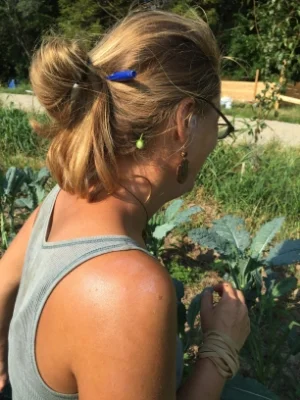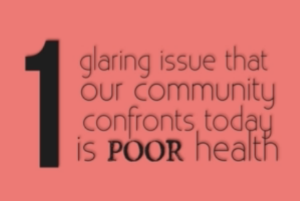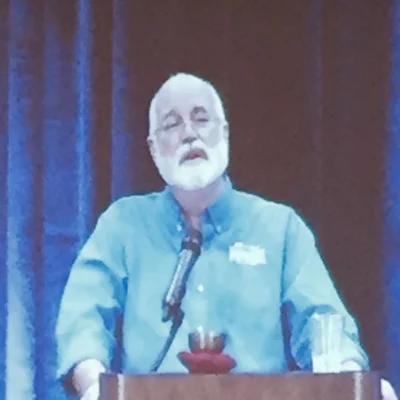Does our woundedness help us serve?
This week, our CEO sent us this quote from a Henry Nouwen meditation:
Nobody escapes being wounded. We all are wounded people, whether physically, emotionally, mentally, or spiritually. The main question is not "How can we hide our wounds?" so we don't have to be embarrassed, but "How can we put our woundedness in the service of others?" When our wounds cease to be a source of shame, and become a source of healing, we have become wounded healers.
I wondered, how can my teaching these young adults be a way for me to put my woundedness into their service? In relating my woundedness to theirs, I immediately thought of my embarrassing moments of learning and not knowing. I see myself trying to figure out new technologies at Oracle. My peers and teachers were kind to me as I struggled to learn Dreamweaver, Photoshop or Oracle Tutor, but I never became proficient at it. Every time I had to use the tools, I had to relearn them and ask for help doing so. Years later, I concluded that I wasn’t good at technologies and while this helped, I still feel that pain of being bewildered by something and never figuring it out.
So maybe that’s where the disrespect, apathetic attitudes emanate from with these young adults? I’m just another adult in front of them, testing them to see they don’t meet the standard. If so, how do I put my woundedness into service to them? It doesn’t feel like telling them my story of not knowing, it is clear that they don’t care. I wonder if it is in my approach to them, but it’s hard because they are so tough. They are visibly disinterested in anything I have to say. Dinner guests this past week suggested my watching Dangerous Minds, the Michelle Pfeiffer film where she taught in the inner city. That may be a good first step. But I think there’s more to it. I think it’s more about how these wounds of mine allow me to show a different attitude towards these learners.



































